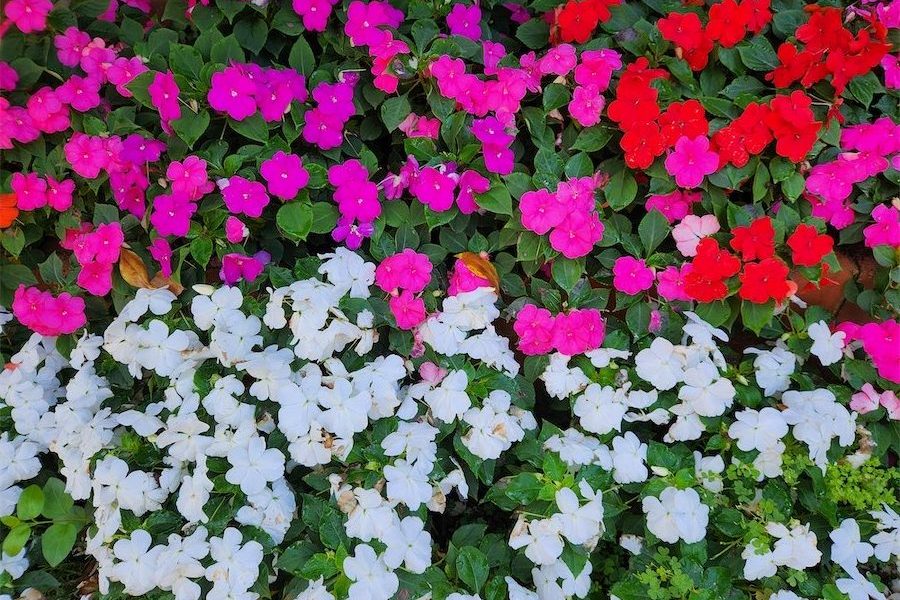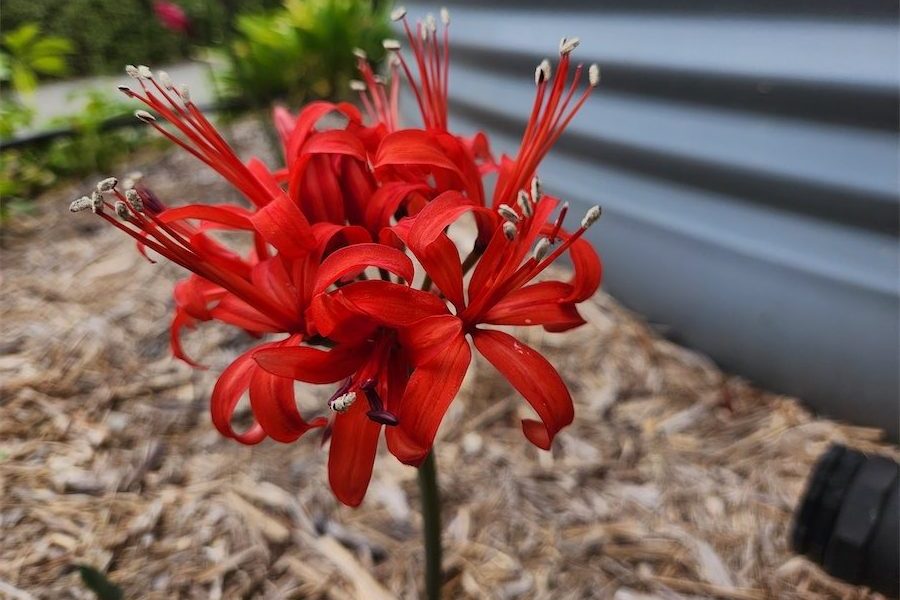POSSIBLY the most showy plant in flower at the moment is the time-honoured wisteria with its intriguing twining effect.
Wisteria floribunda, or Japanese wisteria, twines around posts in a clockwise direction whereas Wisteria sinensis, or Chinese wisteria, twines in an anti-clockwise direction.
It doesn’t matter how you try to go against nature, you will not succeed in changing these directions. Wisteria is possibly one of the most beautiful and spectacular climbers, with its long racemes of white, pink, blue or mauve pea-shaped flowers. W. floribunda was introduced into western gardens by the intrepid plant hunter Phillip von Siebold from Japan in 1894. W. sinensis was introduced from China even earlier, in 1818, from a garden in Canton.
One of the most important aspects of growing wisteria is that it is a vigorous climber and needs a substantial support frame. It is recommended that wisteria is not planted too close to the home as the main stem can grow to more than 40cm thick with an vigorous associated root system. Although it has taken many years for this wisteria to grow to this size, the photo shows where an original timber frame has been replaced by a strong, free-standing metal one. Notwithstanding this, don’t be put off from growing this amazing climber, but grow it in the open garden away from the home. It needs a hard pruning in late winter to keep it in bounds.
ALSO illustrated is a late-spring flowering bulb, Scilla peruviana, or Cuban lily, which is relatively unknown to many gardeners. It was originally thought to have come from Peru, but the name is a misnomer as it originates in the Mediterranean.
It flowers in late spring when the daffodils and tulips have gone into hibernation.
If you are dividing and transplanting this delightful bulb, it should be done as soon as the leaves fade. It needs a full year’s rest and time to settle into its new home. The same bulb, interestingly, does not flower two years in succession.
Over the years, I have divided and grown it in groups throughout our garden and now reap the floral benefit. Many folk ask its name when seeing it in flower on our nature strip.
A PERFECT companion to last week’s book review is Holly Kerr Forsyth’s “Country Gardens, Country Hospitality” (Miegunyah Press, 260pp rrp $49.95). Kerr Forsyth’s books are always a pleasure to read. She is well known for 15 years as garden writer for “The Weekend Australian” and author of 11 books. In this new work, Kerr Forsyth visits 27 gardens from alpine to sub-tropical and every area in between, exploring country gardens, which include newly established ones to those 100 years old or more. At each garden, meals are shared with the owners and stories are told of the gardens. More than 60 wonderful country recipes, handed down for generations, are included in this inspirational book.
This week in the spring garden
-
Keep whipper-snippers away from trunks and stems of trees and shrubs. They can cause irreparable damage by ring-barking and killing the plants.
-
Hard prune rambling roses such as Banksian roses after spring flowering.
-
An ideal mulch for acid-loving plants such as azaleas and daphne is pine needles. Especially if the top needles are scraped back and use those rotting underneath. Please do not use peat moss, as the worldwide efforts continue to discourage gardeners from using this diminishing resource.
-
Buy native plants at the Annual Native Plant Sale by the Friends of the Botanic Gardens, from 8.30am to 11am, on Saturday, November 10.
-
Continue tying up clematis or train into trees for a spectacular show.
-
Keep grass back to the drip line of fruit trees and mulch. Grass is a rapacious feeder and growing within the drip line can reduce the crop by up to four per cent.
Who can be trusted?
In a world of spin and confusion, there’s never been a more important time to support independent journalism in Canberra.
If you trust our work online and want to enforce the power of independent voices, I invite you to make a small contribution.
Every dollar of support is invested back into our journalism to help keep citynews.com.au strong and free.
Thank you,
Ian Meikle, editor




Leave a Reply